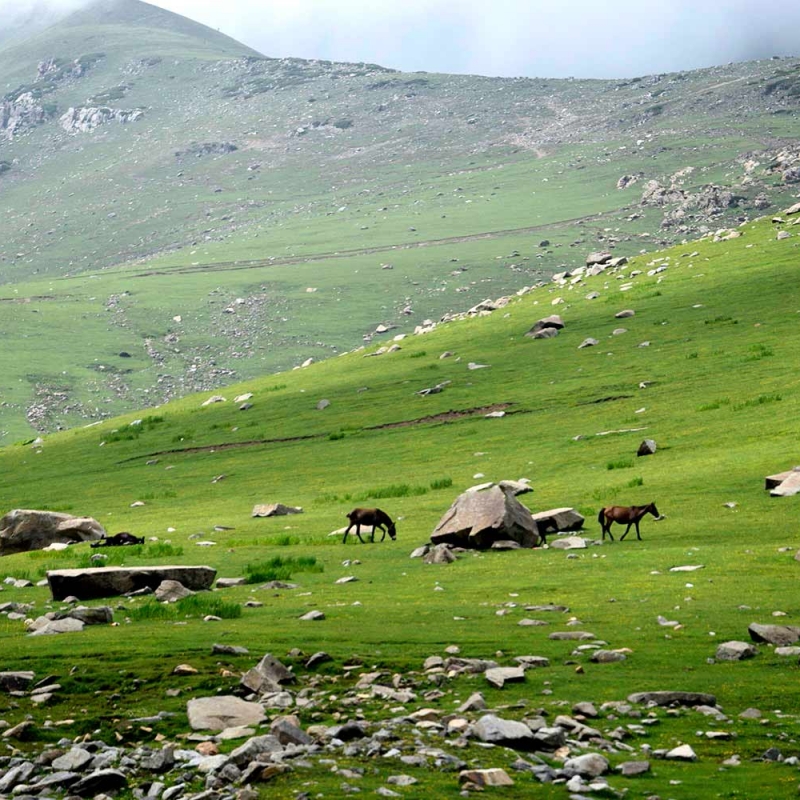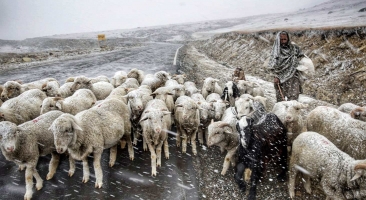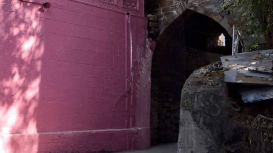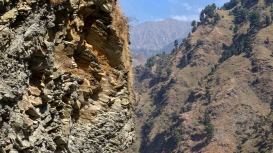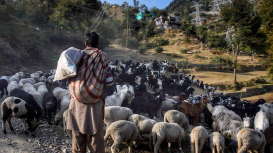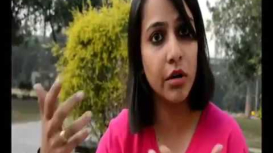Upon the annexation of Kashmir by Emperor Akbar in 1586 CE, efforts were made by the Mughal Empire to strengthen communication and better integrate the Valley with the rest of their Indian sub-continental empire. During the Mughal reign, of the three routes that connected Kashmir to the plains—the Northern Road following the course of the Jhelum River entering Kashmir from Rawalpindi via Baramulla on a waterway, the Southern Road from Jammu via Banihal, and the Middle Road from Lahore across the Peer ki Gali mountain pass traversing the Pir Panjal range—the last emerged as the most favoured route, having been infrastructurally strengthened through improved road systems and construction of a chain of halting stations for the royal entourage’s comfort. What was once a humble pedestrian track known as the Namak Road, used primarily for the import of salt from Punjab to Kashmir, witnessed Emperor Akbar travelling down it twice, Emperor Jahangir at least eight times by his own accounts, and Emperors Shah Jahan and Aurungzeb once each, in the period of its peak glory between 1586 CE and 1664 CE as the Mughal Imperial Road. Even as the Indian-segment Mughal Road was resurrected in 2014, albeit not in absolute alignment with the historic road, much of the public memory surrounding this cultural route had by then been eroded, as it was kept alive in the interim period of more than 300 years by only the Gujjar and Bakkarwal herders via their practice of biannual migration between the hills of Kashmir to the plains of Jammu. The historicity and former glory of this road can now be established only through records from the Mughal and Early Colonial Era, oral histories collected from contiguous communities, and the heritage assets that exist primarily in the form of caravanserai remains lining the route in varying degrees of obsolescence. This module seeks to achieve exactly this.

Parshati Dutta
Parshati Dutta is an architect and a cultural heritage conservation consultant who perceives architecture as an expression of culture in a dynamic and interactive global landscape of permeable boundaries governed by global socio-political climates. She is particularly interested in understanding culture through routes and linkages, cultural reactions in times of modern conflict, and culture as a tool for reconciliation. She has worked in Kashmir, Uttarakhand, Punjab, Rajasthan, Gujarat, West Bengal, and Odisha with organizations such as CRCI, INTACH, ASAUDP and 10 Decimal Design Studios on a plethora of government and non-government projects. Beyond professional work, her articles, photo-series and films have been published on platforms like Scroll, News Laundry, Wire and Deccan Herald. A strong believer of theory and practice being simultaneous and integral components of any discourse, she strives to sustain a balance between the worlds of praxis and academia. She has been involved as instructor, panelist and participant member in several workshops, lectures, forums, fellowships and allied activities with organizations such as ICOMOS India (National Scientific Committees on Cultural Routes, and Shared Built Heritage), UNESCO, Sahapedia, INTACH, CEPT University, I.P University, Mehrangarh Museum Trust and Helen Hamlyn Trust. Presently, she's assistant professor at the Sushant School of Art and Architecture, Ansal University, Gurgaon.
